2015 Literbike Spec Chart Comparo

Breaking down the latest crop of hi-tech superbikes
If you’re like us, then you must be salivating over the 2015 literbike prospects. With no less than eight new bleeding-edge sportbikes on the table from both European and Japanese marques, the bar is being raised in the quest for track domination or, in the case of the Kawasaki H2 and H2R, simply having the rider experience intense acceleration like they’ve never felt before. However, there’s an interesting trend in the method in which each manufacturer is going about upping the literbike ante. More and more, a greater emphasis is placed on technology and electronics rather than hardware. Sure, hardware isn’t being ignored, but with today’s bikes making so much power, being able to harness it effectively is of utmost importance.
With that, we’ve compiled a list of eight new or significantly updated 2015 literbikes vying for superbike supremacy in the coming year. They are: the Aprilia RSV4 RR and RF, BMW S1000RR, Ducati 1299 Panigale and 1299 Panigale S, Kawasaki Ninja H2 and Yamaha R1 and R1M. In the below , we’ve broken down each bike’s vital stats, then at the bottom listed a few pertinent technologies and which bikes are equipped with them. Models with different variants (like the Aprilia, Ducati and Yamaha) are grouped together to save space and hopefully make the chart a little easier to read. Of course, you might notice the exclusion of the Kawasaki Ninja H2R. This wasn’t an oversight – since the H2R is not road legal, it serves no practical purpose in this comparison.
Interesting Insights
With all of the various models lined up side-by-side, some interesting observations stand out. For starters, it’s remarkable the Ducati 1299 Panigale pistons are a gargantuan 116mm. The displacement bump to 1285cc is a welcome sight, but we were expecting Ducati to increase stroke in the already highly oversquare Superquadro engine.
From there, the next development is the race to 200 crankshaft horsepower. The two Italian brands are the only ones who claim to have exceeded that mark, though the BMW, Kawasaki and Yamaha are so close it’s understandable if one decides to round up. In the case of the Kawasaki, it’s plausible to think Team Green was being a bit conservative, considering the H2R, whose engine is largely similar to the H2, is claimed to put out 300 hp. Of note is the fact Aprilia uses a relatively high 13.6:1 compression ratio to help meet the 200 hp target, while the Kawasaki H2 uses just 8.5:1 to cope with the added boost from the supercharger. More importantly, the H2 should trounce the other four-cylinders in the torque department, bested only by the larger Ducati Twin, at least according to the factory claims.
Of course, the real talking point here is the proliferation of electronics. Each bike comes equipped with power modes and traction control as standard equipment. ABS also comes standard on all the bikes, but Ducati and Yamaha both get bonus points for equipping the new 1299 Panigale and the (linked, IMU controlled) R1/R1M with forms of Cornering ABS, which can reduce the risk of falling should you need to grab a handful while leaned over.
This is made possible via an Inertial Measurement Unit, or IMU, which is equipped on both the Ducati and Yamaha. With the ability to measure parameters like pitch, roll, yaw, and a G-sensor to track acceleration fore-aft, up-down and left-right, Ducati uses the IMU to interface with the ABS, wheelie control and Ohlins electronic suspension on the 1299 Panigale S. Yamaha doesn’t outright claim the R1 and R1M has the Cornering ABS function, however, it does claim the pressure provided to the ABS and UBS (Unified Braking System) is determined from readings given from the IMU.
Another cool feature is the ability to downshift without the clutch, which is standard on the Ducati and optional on the S1000RR. Being able to keep your hands firmly on the bars for both upshifting and downshifting means a rider will be able to focus more on the road or track ahead, and less on rev matching and being smooth with the clutch.
MotoGP For The Masses
Perhaps the biggest winner in the technology battle for 2015 is Yamaha. While Kawasaki relentlessly teased the world with countless H2 and H2R videos, the Yamaha R1 and R1M brings to the table a stunning package of MotoGP-derived tech. It takes traction control a step further with banking-sensitive TC, and raises the bar yet again with its slide control function. The R1M utilizes the IMU to allow the electronic Ohlins suspension to automatically adjust rebound and compression damping, in real time, to the street or track conditions.
All but the H2 have some sort of data logging capability, but the R1M really impresses with its exclusive Communication Control Unit. Using the CCU and GPS antenna, running data can be recorded via a data logger, with track mapping and lap times managed by GPS. That information can then be transferred to an Android or iOS app, and after analyzing the data, setting changes can be made and uploaded to the R1M via WiFi. It’s an amazing bit of technology unheard of before.
The technology at play here is complex, so we’ll have to wait for further info from OEMs to properly dissect it. The intent here is to break down each bike’s specs, to serve as a central resource to sate your curiosity. It will still be a few months before we get to ride most of these models, and when we do, we’ll provide a more in-depth look at their respective systems.
| Aprilia RSV4 RR/RF | BMW S1000RR | Ducati 1299 Panigale/ Panigale S | Kawasaki Ninja H2 | Yamaha R1/R1M | |
|---|---|---|---|---|---|
| MSRP | TBA | TBA | TBA | $25,000.00 | $16,490/$21,990 |
| Engine Capacity | 999.6cc | 999cc | 1285cc | 998cc | 998cc |
| Engine Type | Liquid-cooled, DOHC, four-stroke, 65-degree V4, 4 valves per cylinder | Liquid-cooled, DOHC, four-stroke, inline-Four, 4 valves per cylinder | Liquid-cooled, DOHC, L-Twin, four-stroke, Desmodromic valve actuation | Liquid-cooled, DOHC, four-stroke, supercharged inline-Four, 4 valves per cylinder, | Liquid-cooled, DOHC, four-stroke, inline-Four, 4 valves per cylinder |
| Bore x Stroke | 78.0mm x 52.3mm | 80.0mm x 49.7mm | 116mm x 60.8mm | 76.0mm x 55.0mm | 79.0mm x 50.9mm |
| Compression Ratio | 13.6:1 | 13.0:1 | 12.5:1 | 8.5:1 | 13.0:1 |
| Horsepower (claimed at crankshaft) | 201.0 hp @ 13,000 rpm | 199.0 hp @ 13,500 rpm | 205.0 hp @ 10,500 rpm | 197.3 hp @ 11,000 rpm | 197.1 @ TBA |
| Torque (claimed at crankshaft) | 84.8 lb-ft. @ 10,500 rpm | 83.0 lb-ft. @ 10,500 rpm | 106.7 lb-ft. @ 8,750 rpm | 103.5 lb-ft. @ 10,000 rpm | TBA |
| Front Suspension | Sachs 43mm inverted fork, fully adjustable/Ohlins fork with TiN treatment, fully adjustable | 46mm inverted fork, adjustable for rebound and compression damping | Marzocchi 50mm inverted fork, fully adjustable/Ohlins NIX30 43mm inverted fork w/TiN treatment. Electronic compression and rebound adjustment w/semi-active mode | 43mm inverted KYB Air-Oil-Separate fork, fully adjustable. | 43mm inverted KYB fork, fully adjustable/Ohlins 43mm inverted fork w/electronic suspension, fully adjustable |
| Rear Suspension | Sachs monoshock with piggyback reservoir, fully adjustable/Ohlins monoshock with piggyback reservoir, fully adjustable | Monoshock, adjustable for rebound and compression damping | Sachs shock, fully adjustable/Ohlins TTX36 shock. Electronic compression and rebound adjustment w/semi-active mode | KYB shock, piggyback reservoir, high/low speed compression, rebound and preload adjustability | KYB monoshock w/piggyback reservoir, 4-way adjustable/Ohlins single shock w/electronic suspension and piggyback reservoir, 4-way adjustable |
| Front Brakes | Dual 320mm discs. Twin Brembo M430 monoblock radial 4-piston calipers. ABS with switchable Rear Lift-up Mitigation | Dual 320mm discs. Twin radial-mount 4-piston calipers. Switchable ABS | Dual 330mm discs. Twin Brembo M50 monoblock, radial-mount calipers. Cornering ABS standard | Dual 330mm discs. Twin Brembo radial-mount, monoblock 4-piston calipers (M50?), ABS | Dual 320mm discs. Twin 4-piston, radially mounted calipers, Unified Braking System, ABS |
| Rear Brakes | 220mm disc. Brembo twin-piston caliper | 220mm disc. Single-piston caliper | 245mm disc. Twin-piston caliper w/Cornering ABS standard | 250mm disc. Twin-piston caliper, ABS | 220mm disc. UBS, ABS |
| Front Tire | 120/70-17 | 120/70-17 | 120/70-17 | 120/70-17 | 120/70-17 |
| Rear Tire | 200/55-17 | 190/55-17 | 200/55-17 | 200/55-17 | 190/55-17 / 200/55-17 |
| Seat Height | 33.0 in. (2014) | 32.1 in. | 32.7 in. | 32.5 in. | 33.7 in./33.9 in. |
| Wheelbase | 56.4 in. | 56.1 in. | 56.6 in. | 57.3 in. | 55.3 in. |
| Rake/Trail | 24.5 deg/4.1 in | 23.5 deg/3.9 in. | 24.0 deg/3.8 in. | 24.5 deg/4.1 in. | 24.0 deg/4.0 in. |
| Curb Weight (claimed) | 397 lbs. (dry weight) | 449 lbs. | 420 lbs. | 524.5 lbs. | 439 lbs./443 lbs. |
| ABS | X/X | X | X/X | X | X/X |
| Cornering ABS | X/X | ||||
| Magnesium wheels | X/X | ||||
| Forged aluminum wheels | No/Yes | (optional) | X/X | ||
| Titanium connecting rods | X/X | ||||
| Titanium valves | X/X | X | X/X (intake only) | X/X (intake only) | |
| Supercharger | X | ||||
| Aluminum fuel tank | X/X | ||||
| Smartphone app | X/X | Optional/Standard | |||
| Electronic suspension | (optional w/Dynamic Package) | No/Yes | No/Yes | ||
| Quickshifter | X/X | (optional w/Dynamic Package) | X/X | X | X/X |
| Clutchless downshift ability | (optional w/Dynamic Package) | X/X | |||
| Power modes | X/X | X | X/X | X | X/X |
| Traction control | X/X | X | X/X | X | X/X |
| Slide control | X/X | ||||
| Launch control | X/X | (optional w/Dynamic Package) | X | X/X | |
| Wheelie control | X/X | X | X/X | (via TC) | X/X |
| Engine brake control | X/X | X | |||
| Inertial Measurement Unit | X/X | X/X | |||
| GPS telemetry | Via smartphone app | Optional | Optional/Optional | Optional/Standard |

Troy's been riding motorcycles and writing about them since 2006, getting his start at Rider Magazine. From there, he moved to Sport Rider Magazine before finally landing at Motorcycle.com in 2011. A lifelong gearhead who didn't fully immerse himself in motorcycles until his teenage years, Troy's interests have always been in technology, performance, and going fast. Naturally, racing was the perfect avenue to combine all three. Troy has been racing nearly as long as he's been riding and has competed at the AMA national level. He's also won multiple club races throughout the country, culminating in a Utah Sport Bike Association championship in 2011. He has been invited as a guest instructor for the Yamaha Champions Riding School, and when he's not out riding, he's either wrenching on bikes or watching MotoGP.
More by Troy Siahaan



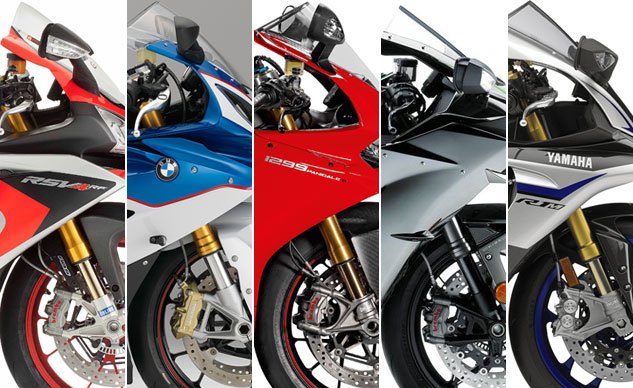
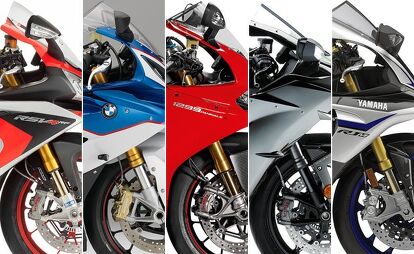

































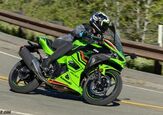
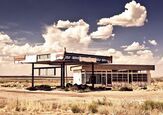
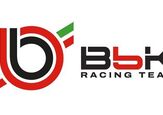
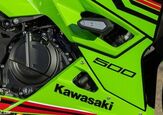
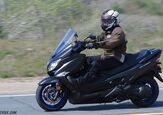
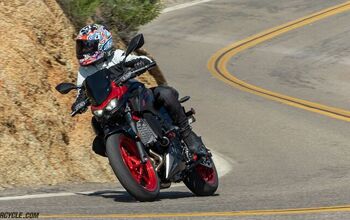
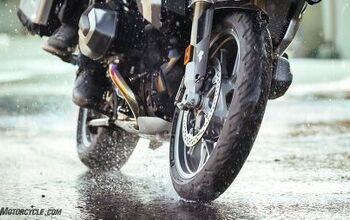
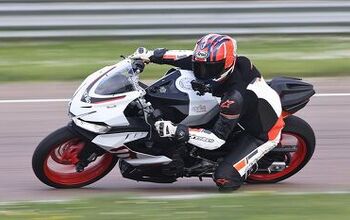
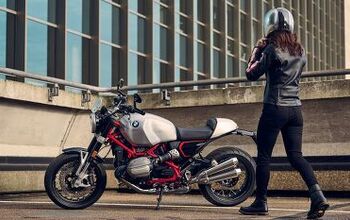
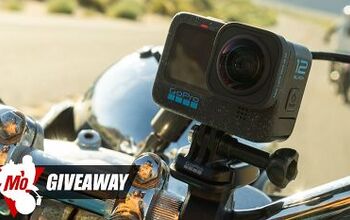
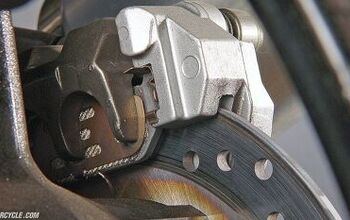
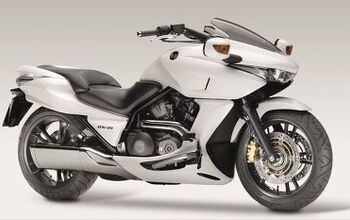
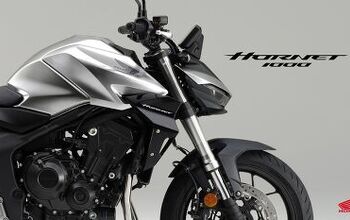

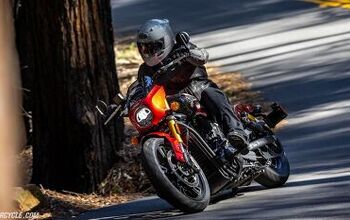
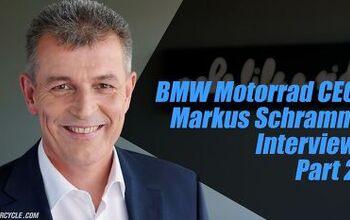

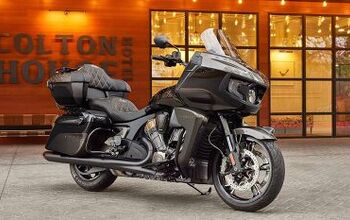
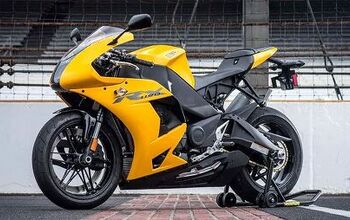
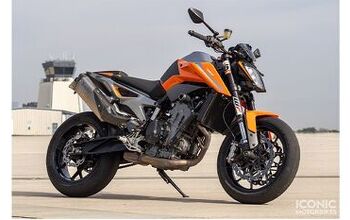
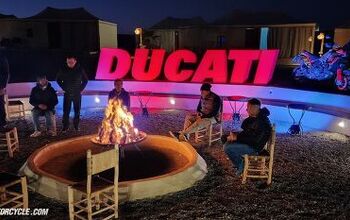
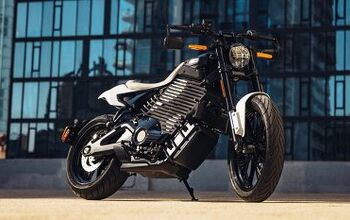
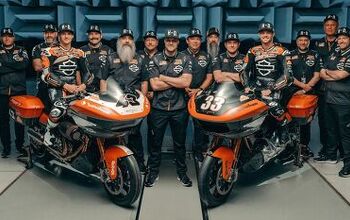
Comments
Join the conversation
to quote ricky gadson, "i think the hp number for the street h2 is definitely a politically correct number. i know what 200 horsepower is and that isn't it. it's a whole lot more." he got .15 seconds quicker on the street H2 than his own personal lowered zx14 and he couldn't get fully on the throttle until the end of the race, and that's in the 1/8 mile! he also said the h2r was also more powerful but that it wasn't as much as the numbers would have ya think. i would strongly bet curb weight being what it is it'll still handily fry the other liter bikes in any straight line. i also bet for most people taking the bikes to a track day the h2's weight won't be the limiting factor, in fact i'm sure of it, the limiting factor will be the rider.
I don't understand the horsepower wars and haven't in some time. Liter bikes attained an almost uncontrollable power to weight ratio 10 years ago. Short of professional racing, none of these bikes needed more hp.
The electronic nannies and suspension upgrades is what makes the newest generation of liter bikes exciting, in my opinion.
This being said, the price tags are simply to high at this point for a box stock bike. You could buy a 5-8 year old bike and have 10 grand left to play with and mod the hell out of for the price of these factory efforts.
If you're buying for a track weapon, 16-20 grand is a pretty big nut to crack for a bike that it most likely going to end up skipping across the track at some point.
Don't get me wrong, I respect all these new bikes, but the price tags are getting a bit steep.